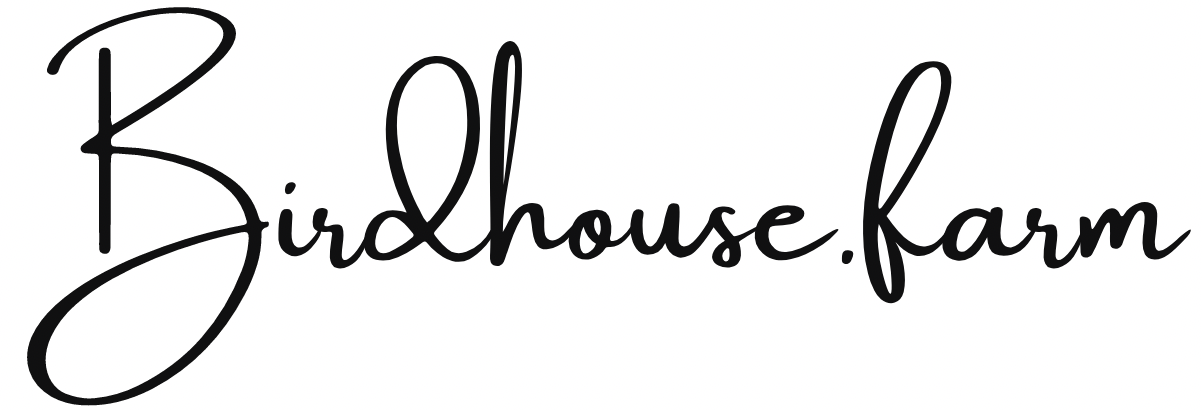What’s a “Bee Lawn”?
Bee lawns, a modern innovation in landscaping, are poised to play a crucial role in preserving biodiversity and ensuring the future of our ecosystems. Unlike traditional grass lawns, which offer little sustenance for pollinators, bee lawns incorporate a variety of flowering plants that attract bees, butterflies, and other beneficial insects. These lawns not only provide vital habitat for pollinators but also contribute to the health of local ecosystems by supporting diverse plant life and enhancing soil quality. In an era marked by declining bee populations and habitat loss, bee lawns offer a sustainable solution that fosters biodiversity in urban and suburban environments.
Looking ahead, bee lawns are set to become an integral part of sustainable landscaping practices and urban planning. As awareness of the importance of pollinators grows, more homeowners, businesses, and municipalities are recognizing the value of creating bee-friendly habitats. Beyond their ecological benefits, bee lawns also offer aesthetic appeal, with a vibrant array of wildflowers and native plants adding beauty to outdoor spaces. By promoting the widespread adoption of bee lawns, we can create interconnected networks of pollinator-friendly habitats that support healthy ecosystems and safeguard food security for future generations. Embracing bee lawns represents a proactive step towards environmental stewardship, ensuring that our landscapes are not just green but buzzing with life.
Read more: Native Bee Lawns: The “Better” of Both Worlds, Homegrown National Park

